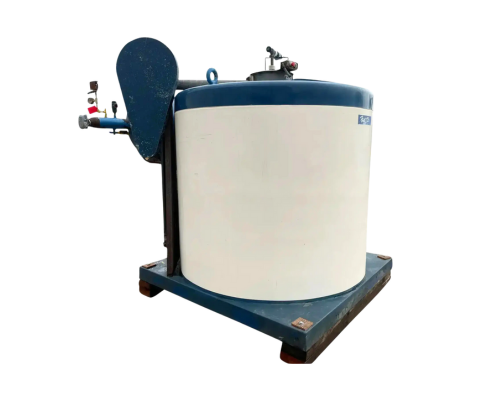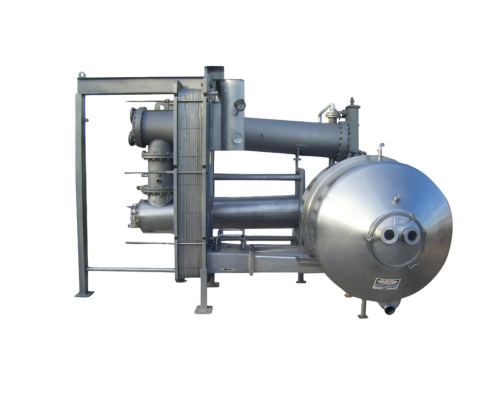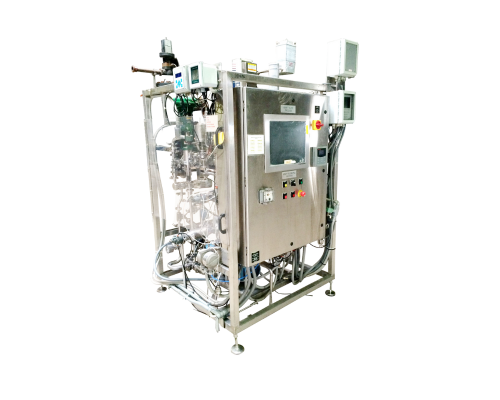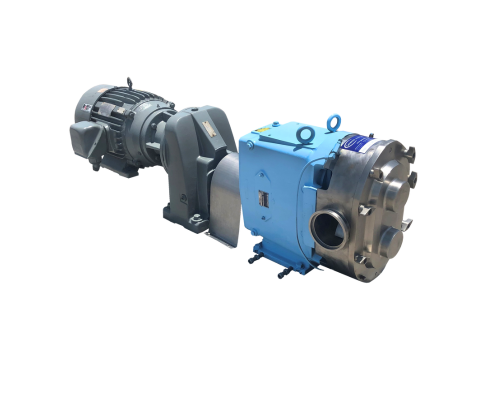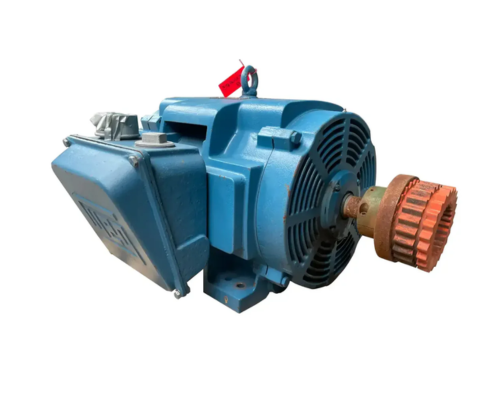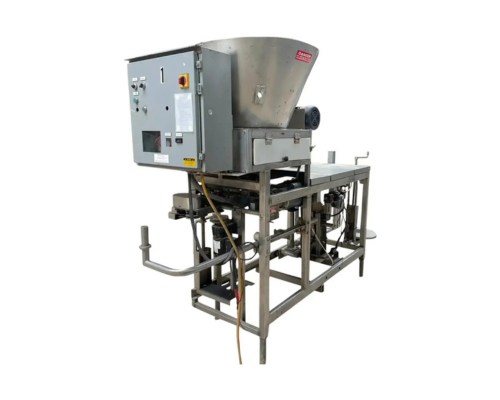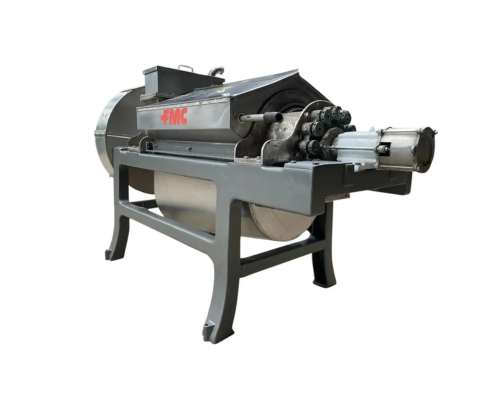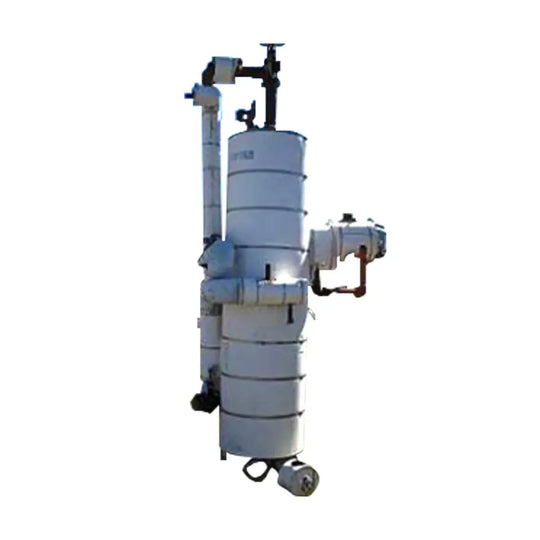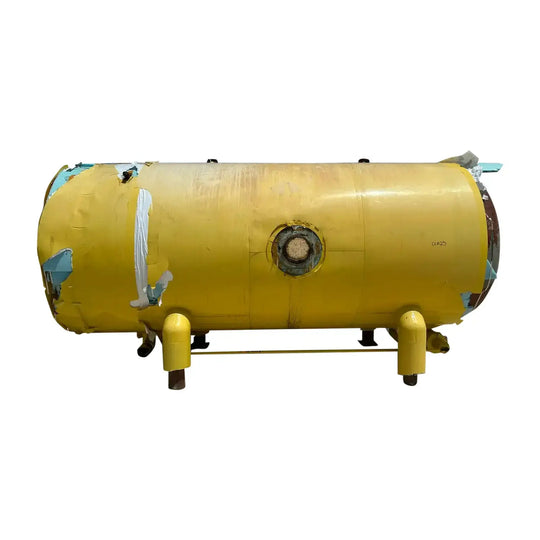Accumulators
Genemco offers the best industrial rated accumulators on the market
We carry a wide range of manufacturing brands like Tube Ice, Frick, and E.L. Nickell.
- FAQs
An accumulator is a key component in refrigeration systems, primarily used to collect and store excess refrigerant. It prevents liquid refrigerant from entering the compressor, which can cause damage or decreased efficiency. Accumulators ensure that only vapor refrigerant reaches the compressor, protecting the system and preventing costly downtime.
Yes, there are several types of accumulators, including suction-line accumulators, discharge-line accumulators, and oil separators. Each type serves a different purpose within the refrigeration cycle in a factory or manufacturing plant. Suction-line accumulators protect the compressor from liquid slugging, discharge-line accumulators help manage high-pressure refrigerant, and oil separators remove oil from the refrigerant to maintain efficiency.
The correct size of an ammonia accumulator depends on various factors, such as the size of your refrigeration system, the type of refrigerant used, and the system’s operating conditions. It’s crucial to select ammonia accumulators that can handle the maximum amount of refrigerant in your system to provide adequate protection. Consulting with a refrigeration expert is advisable to determine the appropriate size for your specific needs, whether you need accumulators in food processing or other industries.
Indicators that an accumulator may need replacing include visible damage such as dents or corrosion, signs of refrigerant leakage, and a decrease in system efficiency. If the accumulator is not functioning properly, it may fail to prevent liquid refrigerant from reaching the compressor, which can lead to system failures and disrupted production flow.
Most industrial accumulators are compatible with a wide range of refrigerants, including traditional and newer, more environmentally friendly options. However, it's important to check the compatibility of the accumulator with your specific refrigerant type, as certain materials may react differently with different refrigerants.
Regular maintenance of an accumulator is essential for the longevity and efficiency of your refrigeration system. It’s recommended to check the accumulator as part of your routine system maintenance, typically at least once a year. This check should include inspecting for any signs of wear, damage, or leakage.
Accumulators and receivers are both storage devices in refrigeration systems, but they serve different purposes. An accumulator is installed in the suction line before the compressor and is designed to collect excess refrigerant vapor, preventing liquid refrigerant from entering the compressor. On the other hand, an industrial receiver is placed in the discharge line after the condenser and stores excess refrigerant liquid. This ensures the right amount of refrigerant is supplied to the evaporator, maintaining system balance and efficiency.
Purchasing used accumulators for food processing through Genemco ensures a high level of safety, inspection, and reliability. When selecting an accumulator, it's paramount to thoroughly inspect its condition. Our brand guarantees that all used ammonia accumulators are checked for physical damage, corrosion, or previous repairs that could affect performance. For added peace of mind and to ensure the accumulator will meet your system's specific needs, Genemco's team of refrigeration experts is available for consultation and advice during your online shopping experience.
An accumulator protects the metal compressor by preventing liquid refrigerant from entering it. Reciprocating compressors are designed to compress gas, not liquid. The presence of liquid refrigerant can lead to liquid slugging, where the liquid damages the compressor's mechanical parts and can lead to reduced efficiency, increased wear and tear, or even catastrophic failure. The accumulator traps this liquid refrigerant, allowing only vapor to pass through to the compressor.
Top Sellers
View all







